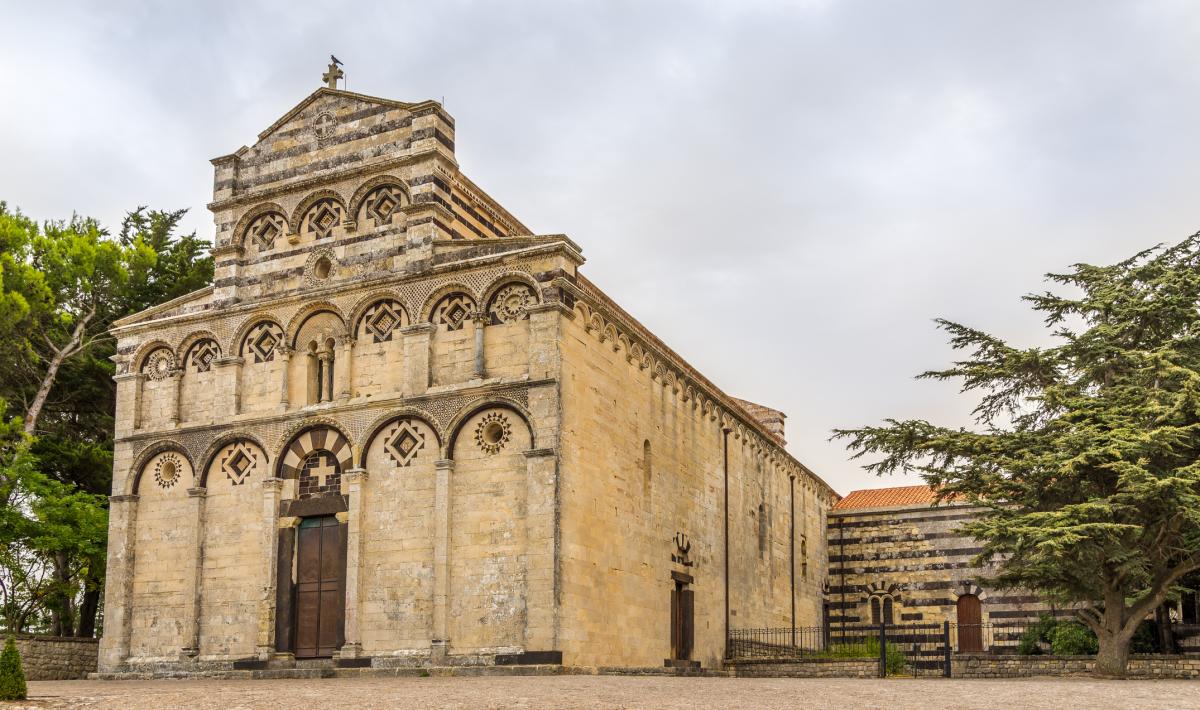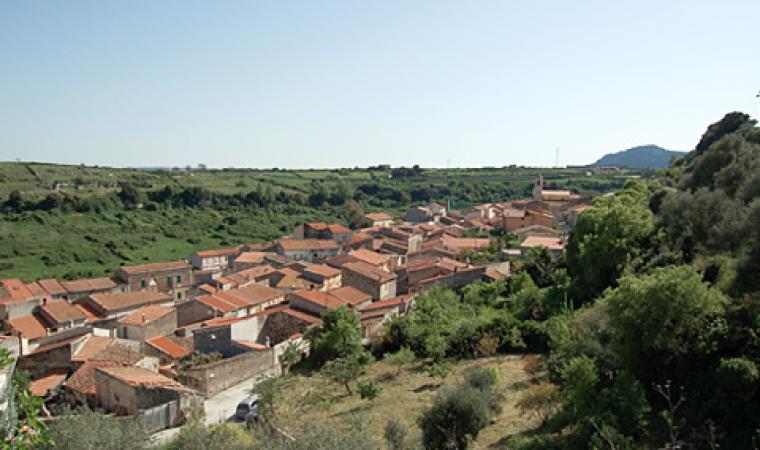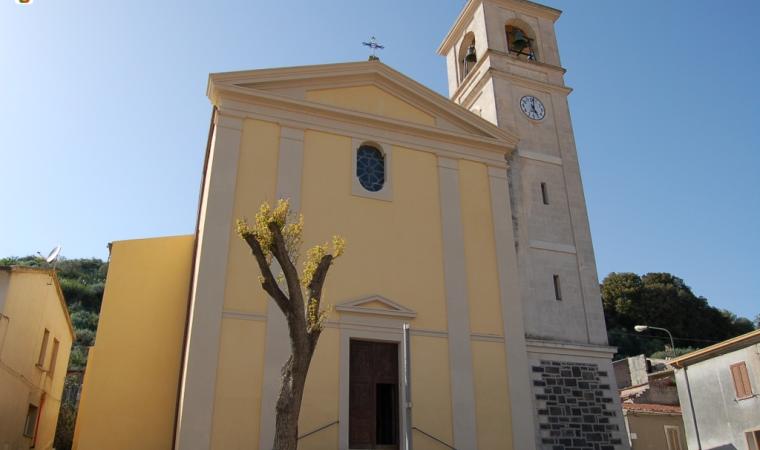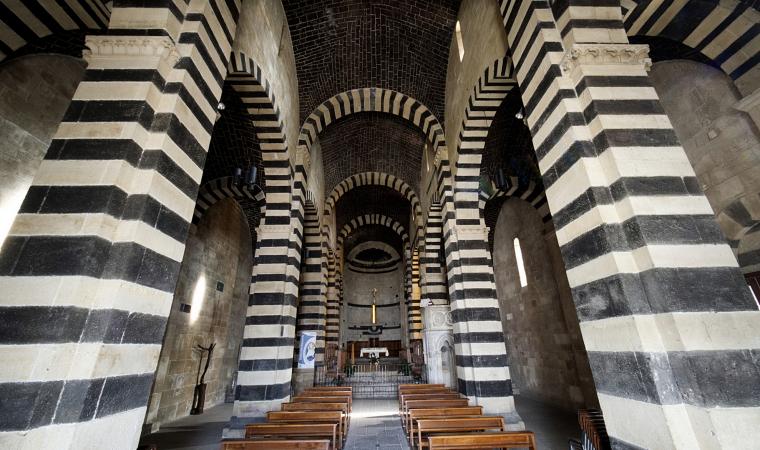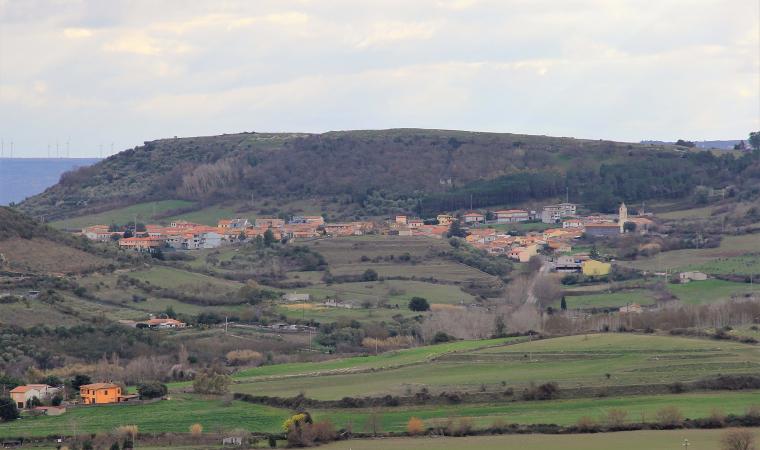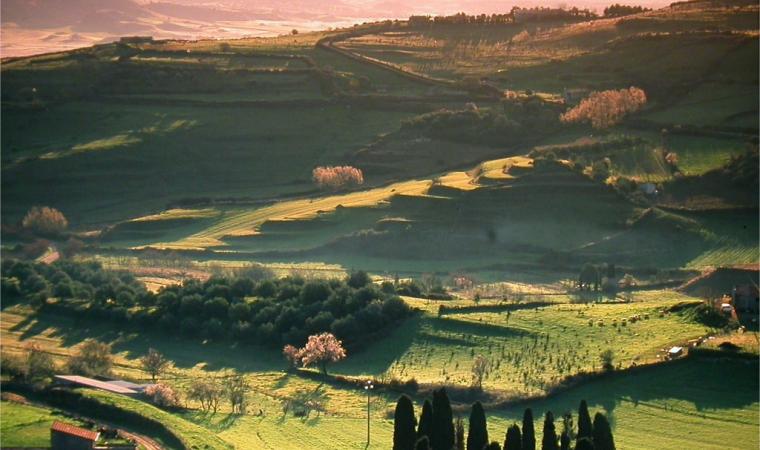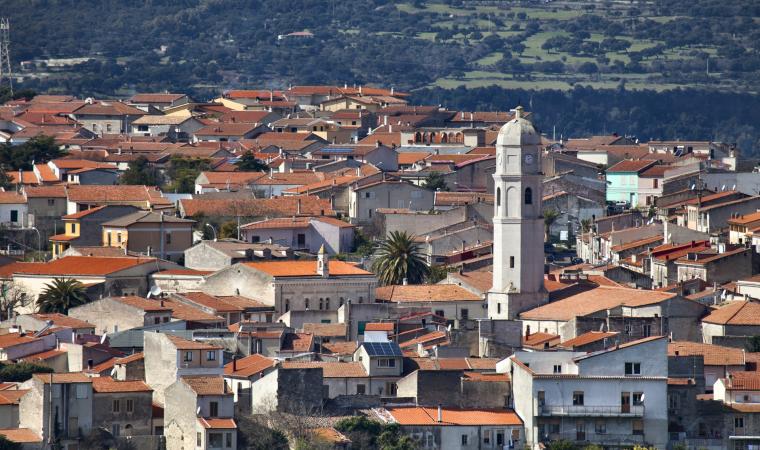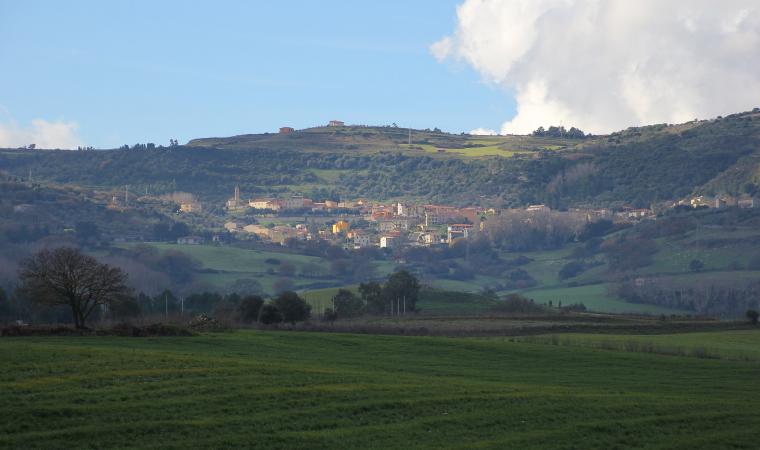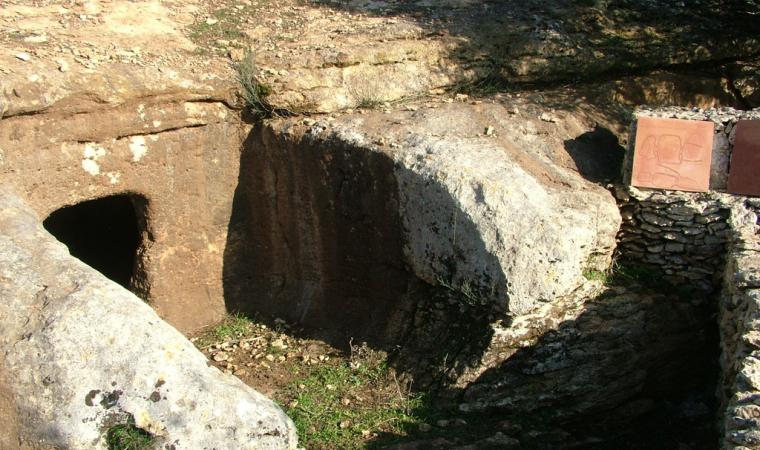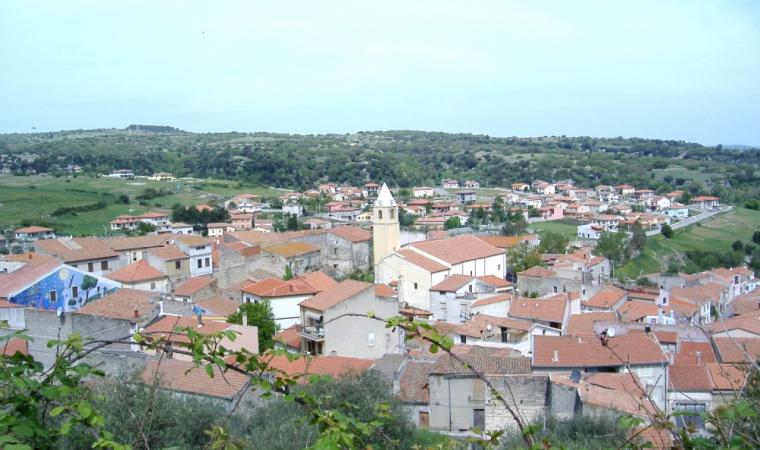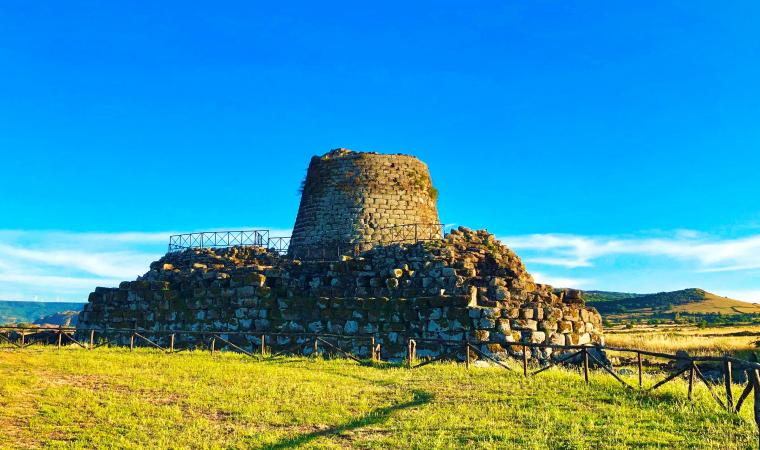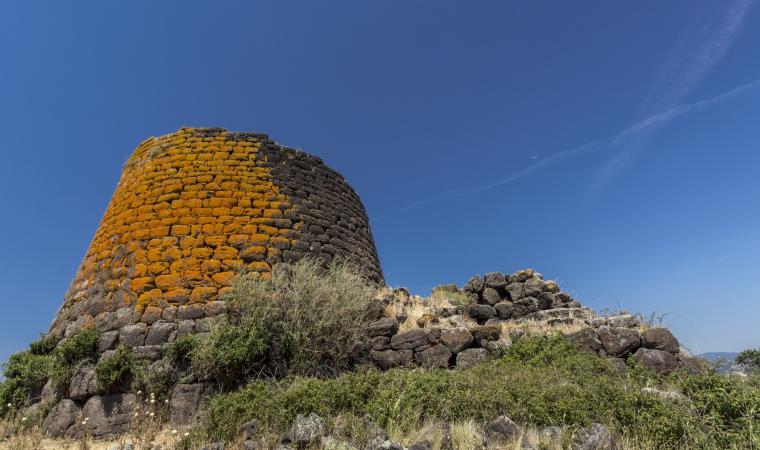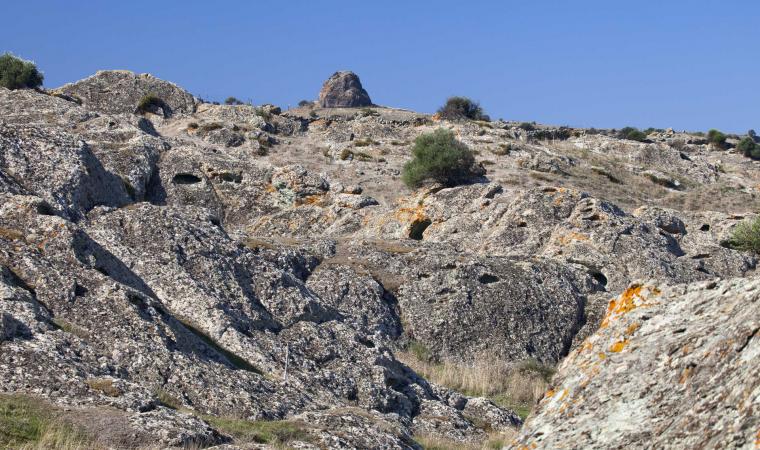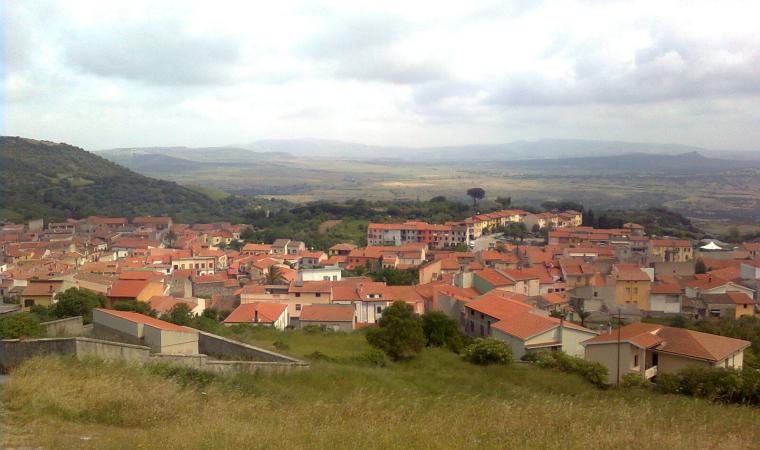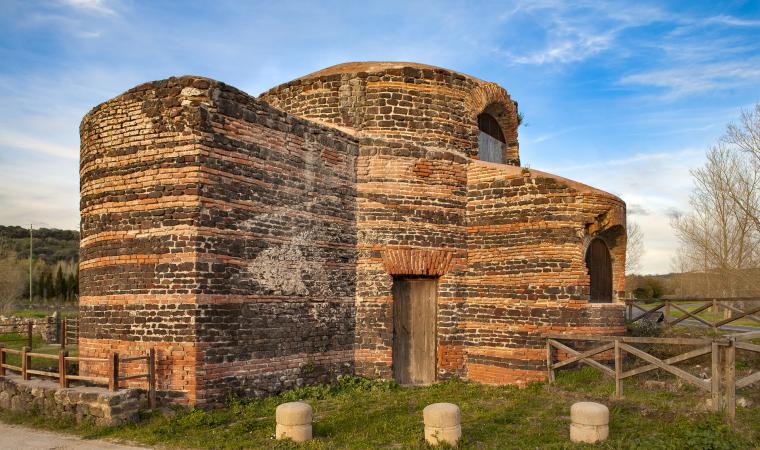The Grotta Ulari, first inhabited during the late Neolithic period (3500 BC) bears the oldest evidence of the presence of humankind in this territory that unfurls between 400 and 700 metres above sea level in the northern part of the Sorres plain, along the valley of the Rio Frida, south of Monte Pelao. Not by chance, the original village was called Gruta (grotto), before the name was transformed into Borutta. The small village of Meilogu – with less than 300 inhabitants – was one of the first three Italian Municipalities to elect a female mayor, with Ninetta Bartoli’s appointment in 1946. The symbol of the village is the famous San Pietro di Sorres church, recognised as a national monument since 1894. Together with the Basilica di Santissima Trinità di Saccargia, it is one of the most famous places of worship in Sardinia. Built between the 12th and 13th centuries, it was the cathedral of the (former) diocese of Sorres until 1505.
Since 1950, the church and the adjacent monastery have been home to a community of Benedictine monks. During the Aragonese domination, the population razed Sorres to the ground, piling out into Borutta, which became the bishop’s residence. The festivity most dear to the townsfolk takes place on 29th June. Dressed in costumes and on horseback, the locals set out in a procession from the local parish and head to the former cathedral (which became a monastery). Today the village is part of the cluster of pilgrimage destinations in Sardinia.
The current monastery is located in Mount Sorrano, above the Grotta Ulàri. Artefacts in flint and obsidian, axes, ceramic pottery and human bones have been found within, all attributed to the Ozieri culture (3500-2700 BC). It was frequented and used both as a dwelling and as a burial place. Today, it hosts one of the most populous colonies of bats in Sardinia, comprised of five different species. Guano was extracted from the cave until just a few years ago. The numerous nuraghe megalithic edifices are other testimonies of prehistoric settlements in the Borutta territory. The plateau of Punta 'e mura, rather, with its series of furraghes (limestone masses), is evidence of industrial archaeology, representing a century of lime production.
The historic centre is characterised by lanes lined with characteristic houses, which have taken on some ‘interesting’ names in the Sardinian language. Inside, the 19th-century sources of Cantaru and Funtana are highly evocative - as per tradition, the population collects water and still uses the public wash-house. Well worth a visit is the Oratorio di Santa Croce, built in the 12th century and remodelled until the mid-20th century, being the original rectory of the town dedicated to Saint Mary Magdalene. It occasionally served as a cathedral for the last bishops of Sorres.

